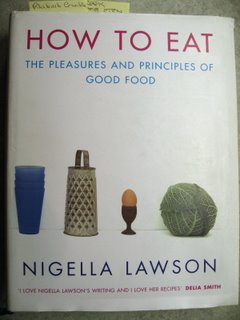
I've been mulling the purchase of a prime lens for quite a while. All I have are Canon zoom lenses, and while they're the reasonably fast (2.8) L lenses, I'd like to have faster glass in my bag. Hence the interest in the new Canon EF 50 mm F1.2L USM lens, which is by all accounts a truly excellent piece of glass, and is also expensive.
Prime lenses usually produce very good image quality even when wide open, and this is an important consideration when one uses high resolution DSLRs like the Canon 1D Mark II or the Canon 1Ds Mark II. The question then becomes whether to buy the Canon EF 50 mm F1.2L USM lens ($1200) or the Canon Wide Angle EF 28mm f/1.8 USM Autofocus Lens ($380)....or do I go for the Sigma Super Wide Angle 20mm f/1.8 EX? Yes, I know...to hardcore Canonphiles this sounds blasphemous, but I'm hearing that this particular Sigma lens is a worthwhile alternative, and it's about $410. What other excuse do I need to have to visit my favorite New York store?
When photographing in the monasteries of Bhutan last November, I was hampered by the low light and the maximum aperture of 2.8 of my zoom lenses. A prime lens with an aperture of 1.2 or even 1.8 would've provided me with the needed extra stop(s), and I wouldn't have had to increase my ISO to 400 (or higher) to compensate.















